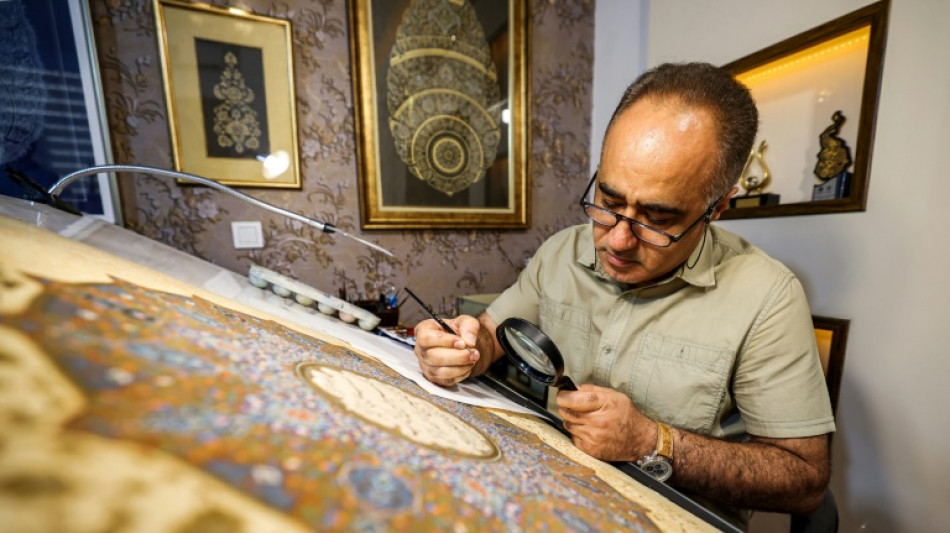
-
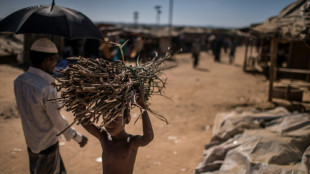 Bleak future for Rohingya, as Bangladesh seeks to tackle crisis
Bleak future for Rohingya, as Bangladesh seeks to tackle crisis
-
Cambodia MPs pass law allowing stripping of citizenship
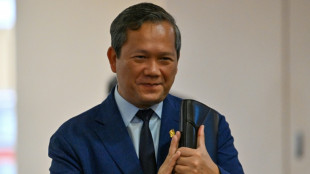
-
 What to look for at the Venice Film Festival
What to look for at the Venice Film Festival
-
Venice welcomes Julia Roberts, George Clooney to film festival

-
 Djokovic voices physical concerns after US Open win
Djokovic voices physical concerns after US Open win
-
Olympic Council of Asia says Saudi Winter Games 'on schedule'

-
 Asian markets rise on US rate cut hopes
Asian markets rise on US rate cut hopes
-
Vietnam evacuates tens of thousands ahead of Typhoon Kajiki

-
 Sabalenka into US Open second round, Djokovic off the mark
Sabalenka into US Open second round, Djokovic off the mark
-
Australian mushroom meal survivor says 'half alive' after wife's killing

-
 SpaceX calls off Starship megarocket launch in latest setback
SpaceX calls off Starship megarocket launch in latest setback
-
Djokovic shrugs off blisters to advance at US Open

-
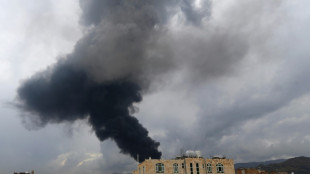 Israeli strikes in Yemen's capital kill six, Huthis say
Israeli strikes in Yemen's capital kill six, Huthis say
-
UN Security Council to vote on embattled Lebanon peacekeepers

-
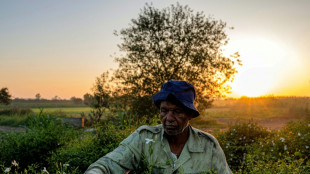 Egyptian farmers behind world's perfumes face climate fight alone
Egyptian farmers behind world's perfumes face climate fight alone
-
'Life-long dream': Oasis kicks off North American tour in Toronto

-
 Australia's mushroom murderer faces victims' family in court
Australia's mushroom murderer faces victims' family in court
-
Liberty Home Loans Support Women Stepping into Property Investment

-
 SpaceX cancels Starship megarocket launch in latest setback
SpaceX cancels Starship megarocket launch in latest setback
-
'Over the moon': Filipino Eala bags historic first at US Open

-
 'Big brother' Giroud strikes late to lift Lille past Monaco
'Big brother' Giroud strikes late to lift Lille past Monaco
-
Fleetwood triumphs at Tour Championship for elusive first PGA Tour title

-
 Mbappe fires Madrid to victory at Real Oviedo
Mbappe fires Madrid to victory at Real Oviedo
-
Giroud strikes late to lift Lille past Monaco, Rennes implode early at Lorient

-
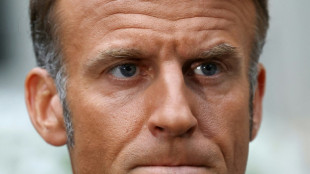 Row breaks out as US diplomat criticises France on antisemitism
Row breaks out as US diplomat criticises France on antisemitism
-
Israeli bulldozers uproot hundreds of trees in West Bank village
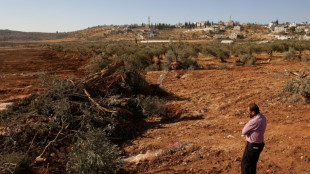
-
 David strikes on Serie A debut as Juve ease past Parma
David strikes on Serie A debut as Juve ease past Parma
-
Sabalenka into US Open second round as Fritz, Shelton advance

-
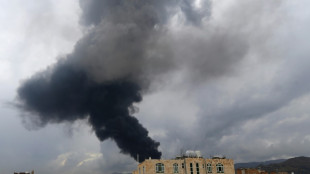 Israeli strikes in Yemen's capital kill four, Huthis say
Israeli strikes in Yemen's capital kill four, Huthis say
-
England's Botterman aiming to be world's 'best loosehead prop'

-
 Kneecap defy critics with 'Free Palestine' chant at Paris gig
Kneecap defy critics with 'Free Palestine' chant at Paris gig
-
New Zealand start Women's Rugby World Cup defence by downing battling Spain

-
 Winless Man Utd need to 'grow up', says Amorim
Winless Man Utd need to 'grow up', says Amorim
-
Shelton romps into US Open second round

-
 Kneecap defy objectors with 'Free Palestine' chant at Paris gig
Kneecap defy objectors with 'Free Palestine' chant at Paris gig
-
US envoy criticises France's lack of action over antisemitism
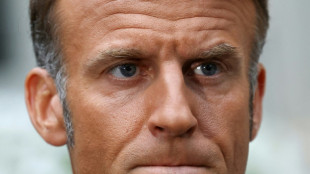
-
 Trump clashes with Democrats as he expands National Guard plans
Trump clashes with Democrats as he expands National Guard plans
-
Raducanu cruises to first US Open win since 2021 triumph

-
 Man Utd still winless after Fulham draw, Everton win to open new stadium
Man Utd still winless after Fulham draw, Everton win to open new stadium
-
Hamburg draws blank on Bundesliga return

-
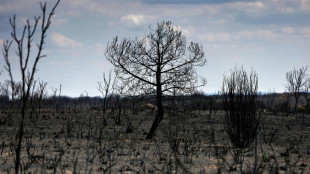 Spain heatwave was 'most intense on record'
Spain heatwave was 'most intense on record'
-
Chaotic Rennes set Ligue 1 red card record and lose 4-0 at Lorient

-
 Russia and Ukraine exchange POWs, civilians
Russia and Ukraine exchange POWs, civilians
-
Moyes sees big step forward after Everton win stadium opener

-
 Vingegaard wins on Vuelta mountain to take overall lead
Vingegaard wins on Vuelta mountain to take overall lead
-
Vingegaard wins on Vuelta mountain

-
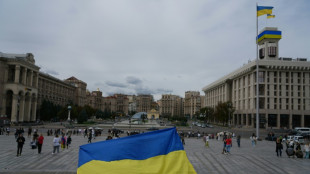 Zelensky calls for Putin talks as peace efforts stall
Zelensky calls for Putin talks as peace efforts stall
-
Everton beat Brighton in new stadium opener

-
 Higgins strikes as Ireland see off Japan in Women's Rugby World Cup
Higgins strikes as Ireland see off Japan in Women's Rugby World Cup
-
Fires ravage an ageing rural Spain
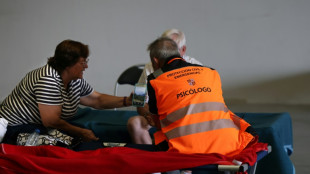

Slow art: the master illuminator of Tehran
Iranian artist Mohammad Hossein Aghamiri sometimes labours for six months on a single design, very carefully -- he knows a single crooked line could ruin his entire artwork.
In the age of AI-assisted graphic design on computer screens, the centuries-old tradition of Persian illumination offers an antidote to rushing the creative process.
Aghamiri's fine brush moves natural pigments onto the paper with deliberate precision as he creates intricate floral patterns, religious motifs and elegantly flowing calligraphy.
The exquisite artwork has for centuries embellished literary manuscripts, religious texts and royal edicts as well as many business contracts and marriage certificates.
Aghamiri, 51, is one of Iran's dozen or so remaining masters of the ancient illumination art of Tazhib, which was inscribed last year on UNESCO's list of intangible heritage.
"It is a very unique job that requires a lot of patience and precision," Aghamiri, a veteran of the craft with over 30 years' experience, told AFP in his downtown Tehran studio.
"It's not accessible to everyone."
Tazhib's non-figurative and geometric flourishes have traditionally adorned the margins of holy books and epic poems.
The artform dates back to the Sassanid era in pre-Islamic Iran but flourished after the seventh century advent of Islam, which banned human depictions.
Aghamiri says it often takes him months to finish one design and that a single misplaced stroke that disrupts its symmetrical harmony can force him to start over.
- Global workshops online -
When AFP visited, he was working on a so-called shamsa design, a symbolic representation of the sun, about 50 centimetres across with intertwined abstract, geometric and floral patterns.
He said he started the piece over four months ago and aimed to finish it within six weeks, using natural pigments such as lapis lazuli, saffron, gouache and pure gold, from China.
"Gold has a very strong visual appeal," said Aghamiri. "It's expensive and it enhances the perceived value of the work."
Aghamiri hails from a family of artists and artisans with a rich history in Iranian craft traditions including calligraphy, miniature painting and carpet design.
His work has been showcased in museums in Iran and in nearby Arab countries of the Gulf region where interest in Oriental and Islamic art continues to grow.
"Eighty percent of my works are sold in the region, especially in the Emirates and Qatar" as well as in Turkey, he said.
In recent years, Aghamiri garnered interest abroad and even began teaching the ancient art online to students from across the world, notably the United States.
Soon, he also hopes to hold workshops in Britain for his craft, which he says is fundamentally different from European illumination art, which flourished in the Middle Ages.
European designs, he said, are more figurative and can depict human faces, animals and landscapes, and often illustrate biblical scenes.
UNESCO labelled the Persian art of illumination as part of the Intangible Cultural Heritage of Humanity in December 2023, at the request of Iran as well as Turkey, Azerbaijan and Uzbekistan.
"Twenty years ago, I didn't have much hope" for the future of Persian illumination, said Aghamiri. "But things have changed, and I see that this art is becoming more and more popular."
G.Stevens--AMWN